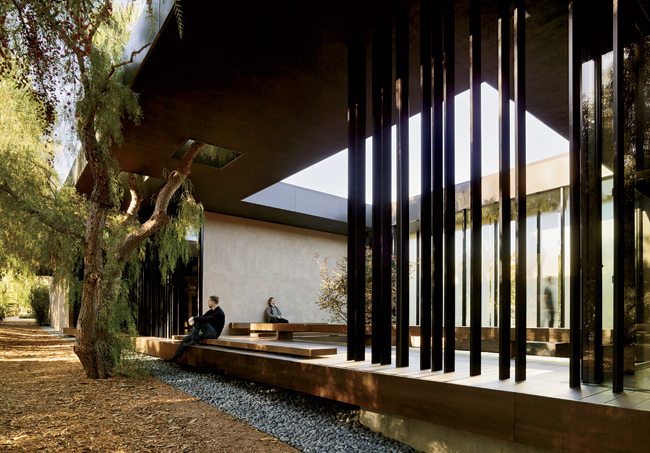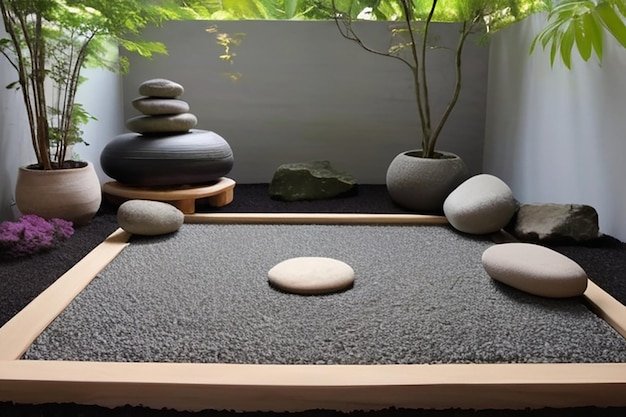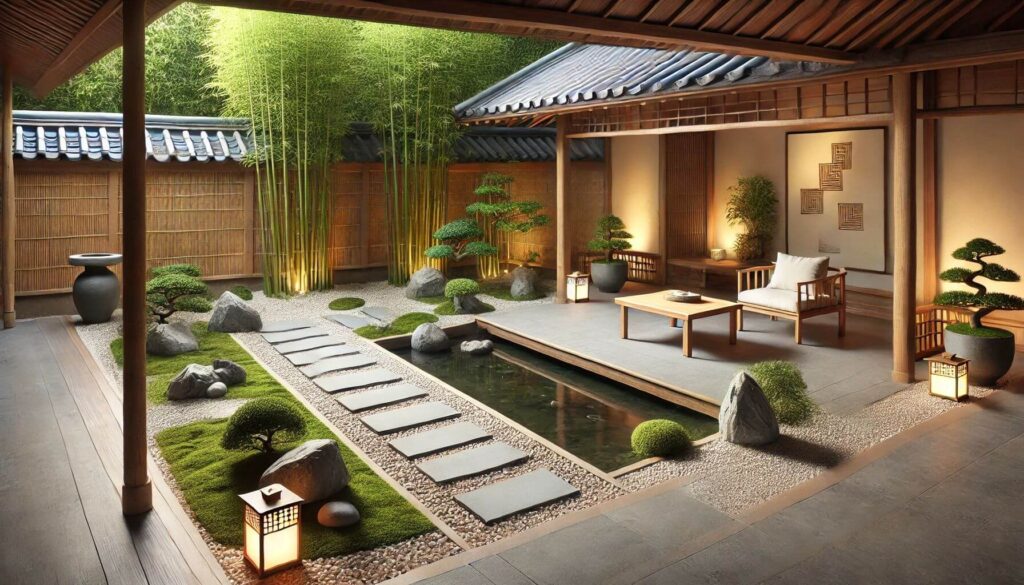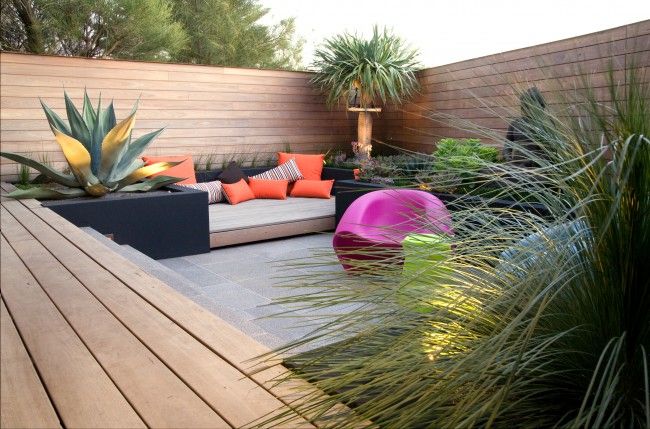
Designing a Contemplative Space: Creating Sanctuaries for Inner Peace
In our increasingly frenetic world, the need for spaces dedicated to quiet reflection and inner peace has never been greater. Designing a contemplative space isn’t merely about aesthetics; it’s about crafting an environment that nurtures mindfulness, reduces stress, and fosters a deeper connection with oneself. These sanctuaries can be found in various forms, from a dedicated room in your home to a small corner in a garden. The key is to curate a space that encourages stillness and invites introspection.
But where do you even begin? Creating a contemplative space isn’t as simple as throwing a yoga mat in a spare room. It requires careful consideration of elements like lighting, sound, materials, and overall design to evoke a sense of calm and serenity. Let’s delve into the essential aspects of designing a contemplative space that truly resonates with your soul.
Understanding the Essence of Contemplation
Before diving into the specifics of design, it’s crucial to understand what contemplation truly entails. Contemplation goes beyond simple relaxation; it’s an active process of deep thinking, reflection, and self-awareness. It’s about turning inward, examining your thoughts and emotions, and finding clarity amidst the chaos of daily life. A contemplative space should facilitate this process, offering a refuge from distractions and a conducive environment for introspection.
Think about the places where you’ve naturally felt a sense of peace and tranquility. Was it a quiet spot in nature, a dimly lit library, or perhaps a simple, uncluttered room? Identifying the elements that contribute to your personal sense of calm will be instrumental in designing your own contemplative space.
Key Elements of a Contemplative Space
Several key elements contribute to the creation of a truly contemplative space. These include:
1. Location and Isolation
The location of your contemplative space is paramount. Ideally, it should be situated in a quiet area of your home or property, away from the hustle and bustle of daily life. Minimize external noise and distractions as much as possible. If complete isolation isn’t feasible, consider using soundproofing materials like thick curtains, rugs, or acoustic panels to dampen unwanted sounds.
Think about the flow of traffic in your home. Is there a room that’s constantly being walked through? Probably not the best choice. Opt for a space that feels secluded and private, a place where you can truly escape the outside world.
2. Lighting
Lighting plays a crucial role in setting the mood of a contemplative space. Natural light is generally preferred, as it promotes a sense of well-being and connection with the outdoors. However, harsh sunlight can be distracting, so consider using sheer curtains or blinds to diffuse the light and create a softer, more ambient glow.
Artificial lighting should be warm and subdued. Avoid bright, fluorescent lights, which can be jarring and unsettling. Instead, opt for lamps with dimmable bulbs that allow you to adjust the lighting to your desired level of intensity. Candles and salt lamps can also add a warm, inviting ambiance.
3. Color Palette
The colors you choose for your contemplative space can significantly impact your mood and emotions. Opt for calming and soothing colors, such as blues, greens, grays, and earth tones. These colors are known to promote relaxation and reduce stress. Avoid bright, stimulating colors like red or yellow, which can be overwhelming and distracting.
Consider incorporating natural elements into your color palette, such as the warm tones of wood or the cool hues of stone. These materials can help to create a sense of connection with nature and ground your space.
4. Sound and Silence
Sound, or rather the absence of it, is a critical component of a contemplative space. Strive to minimize external noise as much as possible. If complete silence is unattainable, consider incorporating calming sounds, such as nature sounds, ambient music, or a gentle water feature.
White noise machines can also be effective in masking distracting sounds and creating a more peaceful atmosphere. Experiment with different sounds to find what resonates with you and helps you to relax and focus.
5. Minimalism and Decluttering
Clutter can be incredibly distracting and can hinder your ability to focus and relax. Keep your contemplative space clean, organized, and free of unnecessary items. Embrace a minimalist aesthetic, focusing on essential elements that promote peace and tranquility.
Think of your contemplative space as a blank canvas. Each item you bring into the space should have a purpose and contribute to the overall sense of calm. Remove anything that doesn’t serve this purpose, and you’ll be surprised at how much more peaceful and inviting your space becomes.
6. Natural Elements
Incorporating natural elements into your contemplative space can help to create a sense of connection with the outdoors and promote a feeling of well-being. Consider adding plants, flowers, stones, or other natural objects to your space.
Plants not only add visual appeal but also help to purify the air and create a more inviting atmosphere. Choose plants that are easy to care for and that thrive in low-light conditions, such as ferns, snake plants, or peace lilies.
7. Comfortable Seating
Comfortable seating is essential for creating a contemplative space where you can truly relax and unwind. Choose seating that supports your body and allows you to sit comfortably for extended periods of time. Consider a meditation cushion, a comfortable armchair, or a simple bench.
Add soft cushions, blankets, and throws to create a cozy and inviting atmosphere. The goal is to create a space where you feel comfortable and supported, both physically and emotionally.
8. Personal Touches
While minimalism is important, it’s also important to personalize your contemplative space with items that are meaningful to you. This could include artwork, photographs, religious objects, or other items that evoke positive emotions and memories.
However, be mindful of clutter. Choose a few key items that truly resonate with you and avoid overcrowding your space with too many personal belongings.
Creating a Contemplative Space in Different Settings
The principles of designing a contemplative space can be applied to various settings, from small apartments to large homes. Here are some ideas for creating contemplative spaces in different environments:
1. Small Apartment
Even in a small apartment, you can create a dedicated space for contemplation. Choose a quiet corner of your living room or bedroom and designate it as your sanctuary. Use screens or curtains to create a sense of privacy and separation from the rest of the room.
Keep the space simple and uncluttered, focusing on essential elements like comfortable seating, soft lighting, and calming colors. Add a few personal touches to make the space feel more inviting and meaningful.
2. Home Office
If you work from home, consider creating a contemplative space in your home office. This can be a valuable way to de-stress and recharge during the workday. Designate a corner of your office as your sanctuary and equip it with comfortable seating, soft lighting, and calming elements like plants or a water feature.
Use this space for short breaks throughout the day to meditate, practice mindfulness, or simply relax and clear your head. This can help you to stay focused, productive, and stress-free.
3. Garden
Your garden can be a wonderful place to create a contemplative space. Choose a secluded spot in your garden and create a peaceful oasis with comfortable seating, shade, and natural elements like plants, stones, and water.
Consider adding a small pond, a Zen garden, or a meditation path to enhance the contemplative atmosphere. Spend time in your garden each day, connecting with nature and finding inner peace.
The Benefits of a Contemplative Space
Creating a contemplative space can have numerous benefits for your mental, emotional, and physical well-being. These include:
1. Reduced Stress and Anxiety
Spending time in a contemplative space can help to reduce stress and anxiety by providing a refuge from the demands of daily life. The quiet, peaceful atmosphere can help you to relax, unwind, and clear your head.
2. Improved Focus and Concentration
Regular contemplation can improve your focus and concentration by training your mind to be more present and attentive. This can be particularly beneficial for those who struggle with ADHD or other attention-related issues.
3. Enhanced Self-Awareness
Contemplation can help you to become more aware of your thoughts, emotions, and behaviors. This can lead to greater self-understanding and personal growth.
4. Increased Creativity
Spending time in a contemplative space can stimulate your creativity by allowing you to access your subconscious mind and explore new ideas. This can be particularly helpful for writers, artists, and other creative professionals.
5. Improved Sleep
Regular contemplation can improve your sleep by reducing stress and anxiety and promoting relaxation. This can help you to fall asleep more easily and sleep more soundly.
Practical Tips for Maintaining Your Contemplative Space
Once you’ve created your contemplative space, it’s important to maintain it to ensure that it continues to serve its purpose. Here are some practical tips for maintaining your contemplative space:
1. Regular Cleaning and Decluttering
Keep your contemplative space clean and organized by regularly cleaning and decluttering. This will help to maintain a peaceful and inviting atmosphere.
2. Establish a Routine
Establish a routine of spending time in your contemplative space each day. This will help you to make contemplation a regular part of your life and reap its many benefits.
3. Minimize Distractions
Minimize distractions in your contemplative space by turning off your phone, computer, and other electronic devices. This will allow you to fully focus on your inner thoughts and emotions.
4. Be Mindful of Your Thoughts
When spending time in your contemplative space, be mindful of your thoughts and emotions. Don’t try to suppress or control them, but simply observe them without judgment.
5. Be Patient
Contemplation is a process that takes time and practice. Be patient with yourself and don’t expect to see results overnight. With regular practice, you will gradually develop a deeper connection with yourself and experience the many benefits of contemplation.
Examples of Contemplative Spaces Around the World
To further inspire your own design, let’s look at a few examples of notable contemplative spaces around the world:
1. The Rothko Chapel, Houston, Texas
This non-denominational chapel is renowned for its fourteen large paintings by Mark Rothko. The dimly lit space, devoid of religious symbols, encourages quiet reflection and introspection. The octagonal shape and the somber hues of the paintings create a profound sense of peace and contemplation.
2. The Meditation Garden at Findhorn Foundation, Scotland
This garden is a sanctuary of tranquility, designed to promote inner peace and connection with nature. The garden features winding paths, lush vegetation, and carefully placed stones, creating a space that invites contemplation and mindfulness. The sounds of birdsong and rustling leaves further enhance the sense of serenity.
3. The Isamu Noguchi Garden Museum, Long Island City, New York
This museum showcases the sculptures and designs of Isamu Noguchi, a renowned Japanese-American artist. The serene garden features a collection of Noguchi’s stone sculptures, arranged in a way that encourages contemplation and appreciation of nature. The interplay of light and shadow, the textures of the stone, and the simplicity of the design create a truly contemplative experience.
4. The Japanese Tea Garden, Golden Gate Park, San Francisco
This garden is a meticulously crafted landscape that embodies the principles of Zen Buddhism. The garden features a tea house, a pagoda, a koi pond, and carefully manicured plants and trees. The garden’s design encourages visitors to slow down, appreciate the beauty of nature, and find inner peace.
Common Mistakes to Avoid When Designing a Contemplative Space
While the principles of contemplative space design are relatively straightforward, there are some common mistakes to avoid:
1. Over-Cluttering the Space
As mentioned earlier, clutter is the enemy of contemplation. Avoid filling your space with unnecessary items, as this can be distracting and overwhelming. Stick to essential elements and keep the space clean and organized.
2. Ignoring Lighting
Lighting is crucial for setting the mood of your contemplative space. Avoid harsh, bright lights, which can be jarring and unsettling. Opt for soft, warm lighting that promotes relaxation and tranquility.
3. Neglecting Sound
Sound can be a major distraction in a contemplative space. Minimize external noise as much as possible and consider incorporating calming sounds like nature sounds or ambient music.
4. Choosing the Wrong Colors
Colors can have a significant impact on your mood and emotions. Avoid bright, stimulating colors like red or yellow, which can be overwhelming and distracting. Opt for calming and soothing colors like blues, greens, and earth tones.
5. Forgetting Personalization
While minimalism is important, it’s also important to personalize your contemplative space with items that are meaningful to you. This could include artwork, photographs, religious objects, or other items that evoke positive emotions and memories.
Conclusion: Your Personal Sanctuary Awaits
Designing a contemplative space is an investment in your well-being. By carefully considering the elements of location, lighting, color, sound, and minimalism, you can create a sanctuary that promotes inner peace, reduces stress, and fosters a deeper connection with yourself. Whether it’s a dedicated room, a quiet corner, or a peaceful garden, your contemplative space can be a refuge from the chaos of daily life, a place where you can truly relax, reflect, and recharge.
So, take the time to assess your needs, explore your preferences, and create a space that truly resonates with your soul. Your personal sanctuary awaits.



